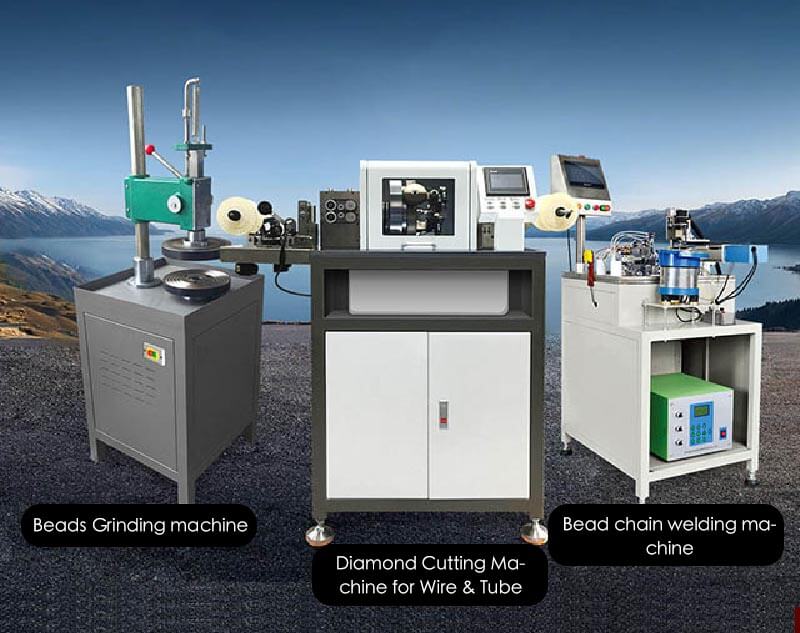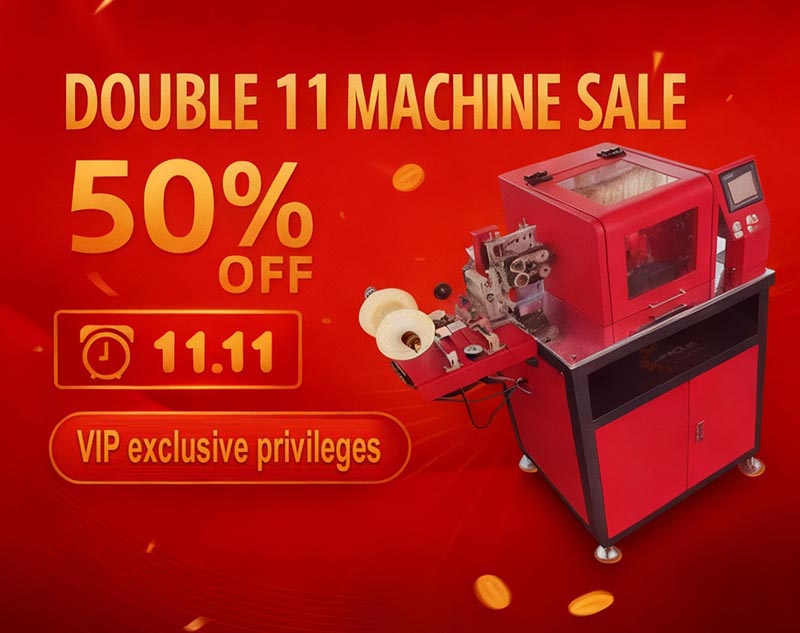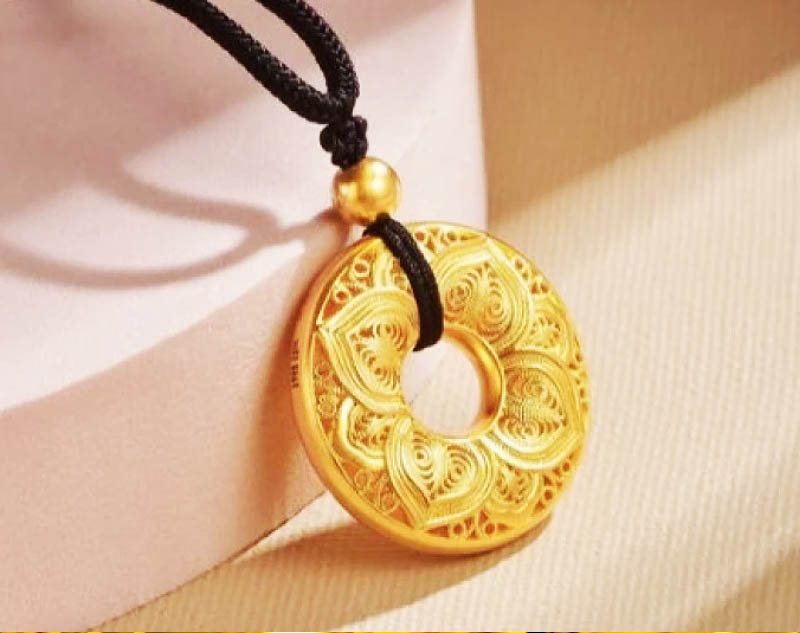Jewelry Chain Production Solution
the core equipment required for a typical production line of handmade precious metal jewelry chains (such as gold chains and silver chains), arranged in the order of process flow:
1. Continuous casting machine:
Function: Pour or suck molten precious metals (gold, silver, platinum and other alloys) into a tubular mold, and continuously cool and solidify.
Output: Get continuous metal bars or wire billets with specific cross-sectional shapes (usually round, square, flat). This is the starting point of raw materials for chain production.
2. Wire pressing machine:
Function: Perform preliminary mechanical processing (mainly rolling) on relatively thick and irregularly shaped wire billets that have just come out of the casting machine.
Function: Roll the wire billet into a round or specific shape (such as square, semicircle) that is closer to the target diameter, improve its surface finish and dimensional consistency, and prepare for subsequent fine drawing. Sometimes also called "flattening machine" or "primary rolling machine".
3. Wire drawing machine:
Function: This is the most critical step in chain production. Cold working of metal wire (from a wire crimping machine) by forcing it through a series of carbide or diamond **die eyes** with gradually decreasing apertures.
Function:
Reduce diameter: Accurately draw the wire diameter to the required specifications for chain making (very fine, usually less than 2mm, or even as fine as less than 0.3mm).
Improve strength and hardness: Cold working deforms and refines metal grains, significantly improving the strength and hardness of the wire.
Improve surface finish: Get a smoother, more uniform surface.
Get precise dimensions: Ensure the consistency of the final chain size.
Type: Common ones include single-head wire drawing machines (drawing one at a time) and multi-head continuous wire drawing machines (drawing continuously through multiple die eyes at a time).
4. Chain making machine:
Function: This is the core equipment for chain forming. The fine metal wire that has been drawn is automatically wound into small links (Links), and they are accurately welded (usually resistance welded or laser welded) or snapped together to form a continuous chain.
Function:
Forming: bend the wire into a specific chain link shape (such as O-shaped, olive-shaped, bamboo-shaped, bead-shaped, etc.).
Connection: reliably connect the chain links to form a movable chain structure.
Automation: Modern chain making machines have a high degree of automation and can continuously and quickly produce chains with specific patterns.
Diversity: There are many types of chain making machines, which are specially used to produce chains with different patterns (such as rope chains, side chains, cross chains, Cuban chains, mother-and-child chains, daily chains, snake-bone chains, bead chains, box chains, melon seed chains, etc.).
5. Diamond Cutting machine:
Function: On the surface of the formed chain, use a high-speed rotating diamond cutter with a specific pattern to perform fine turning or milling.
Function:
Carving patterns: Carve fine patterns, lines, and grooves on the surface of the chain links (such as common car and batch effects).
Increase gloss and three-dimensional sense: By cutting different reflective surfaces, the chain can reflect light at different angles, producing a flashing effect and a stronger three-dimensional sense.
Decorativeness: It is an important process to enhance the beauty and added value of the chain.
6. Polishing machine:
Function: Perform the final surface treatment on the chain to remove burrs and scratches left by car flowers or other processes, so that it can achieve a bright and smooth effect.
Function:
Remove defects: Remove microscopic unevenness produced during processing.
Increase brightness: Make the metal surface have a mirror or highly bright effect.
Improve texture: Give the chain the final feel and visual beauty.
Type: Common ones are:
Vibration polisher: Put the chain and abrasive media (such as ceramic triangles, steel needles, walnut shells) into the vibrating cylinder and polish by vibration friction. Suitable for large quantities and complex shapes.
Magnetic polisher: Use magnetic fields to drive stainless steel needles to rotate at high speed to gently and efficiently polish the chain surface and gaps. Better effect and less damage.
Drum polishing machine: Traditional method, put the chain and polishing media into a rotating drum for tumbling polishing. Low efficiency and easy to tangle.
To summarize the process of this production line:
1. Melting and casting: The continuous casting machine produces metal wire blanks.
2. Initial shaping: The wire pressing machine rolls the wire blanks into a more regular shape.
3. Fine drawing: The wire drawing machine accurately draws the wire to the target diameter and improves performance.
4. Link forming: The chain making machine automatically loops






